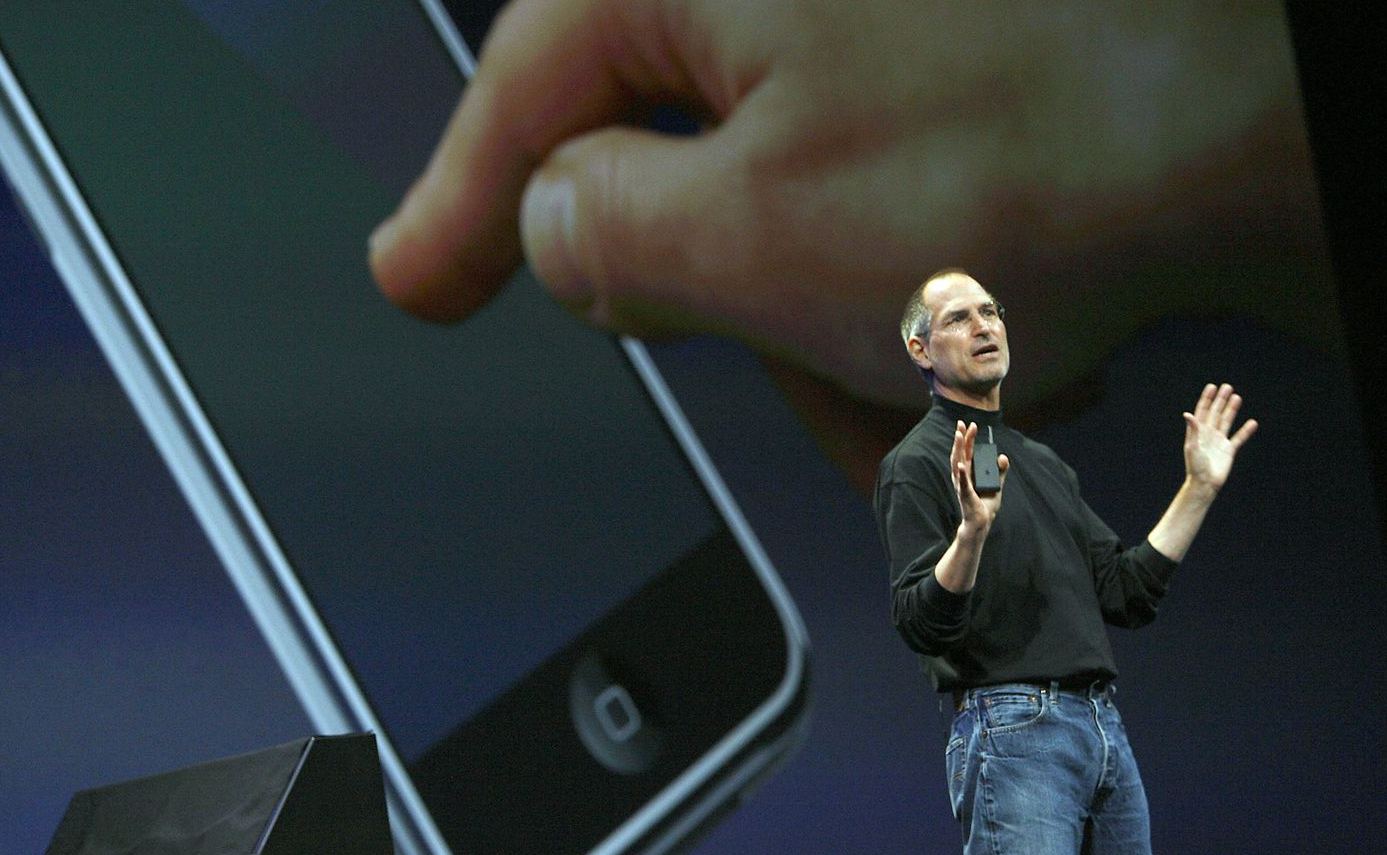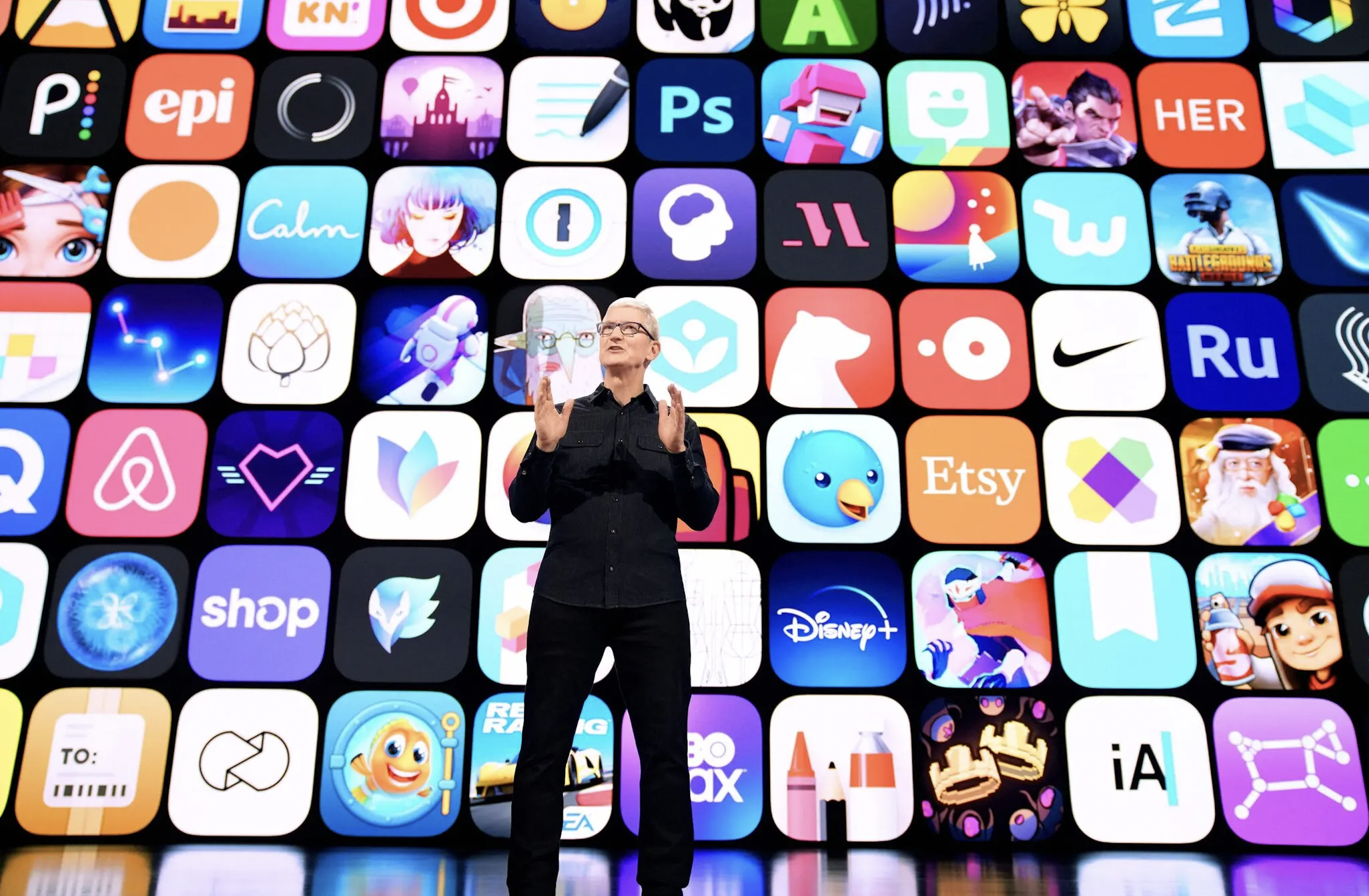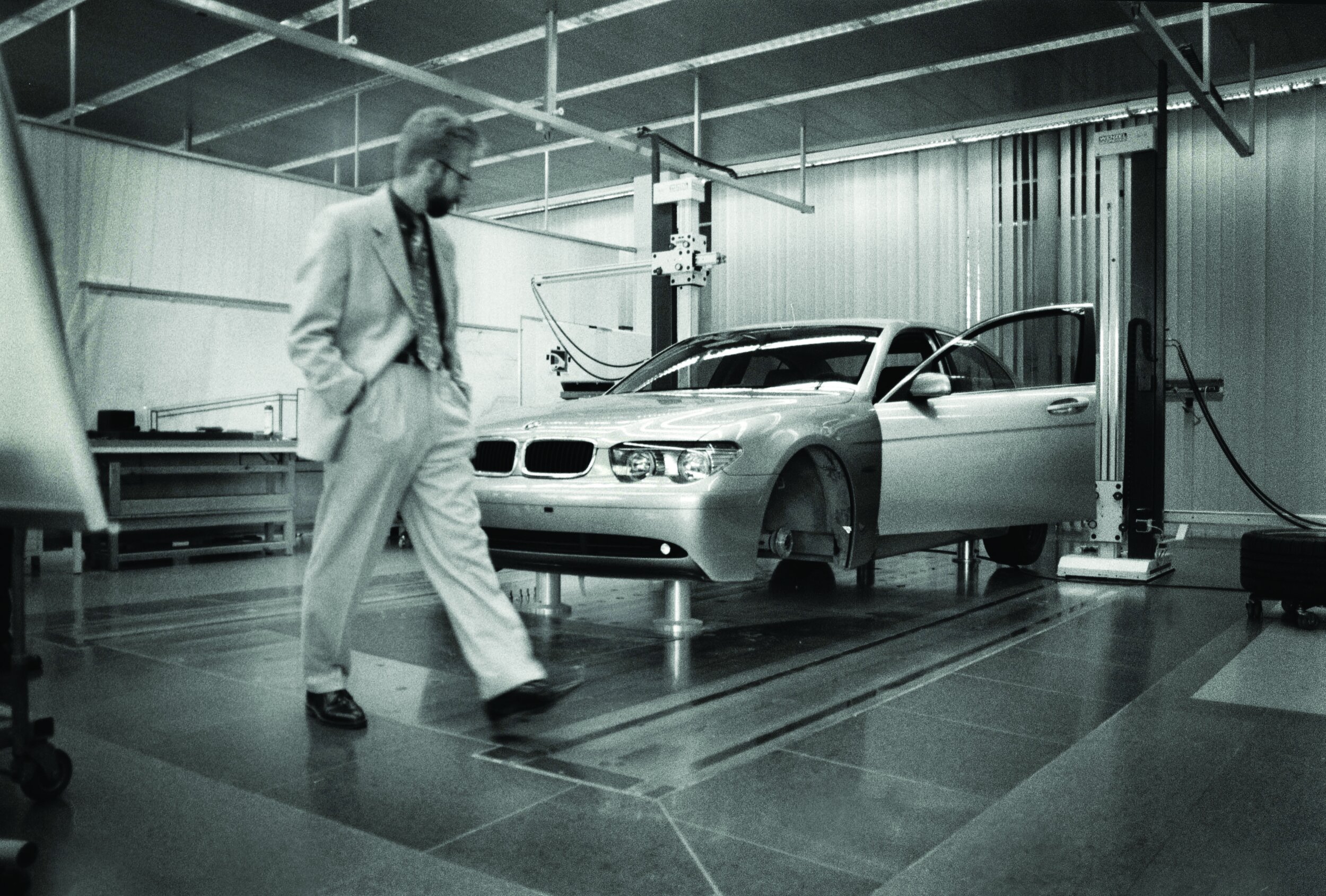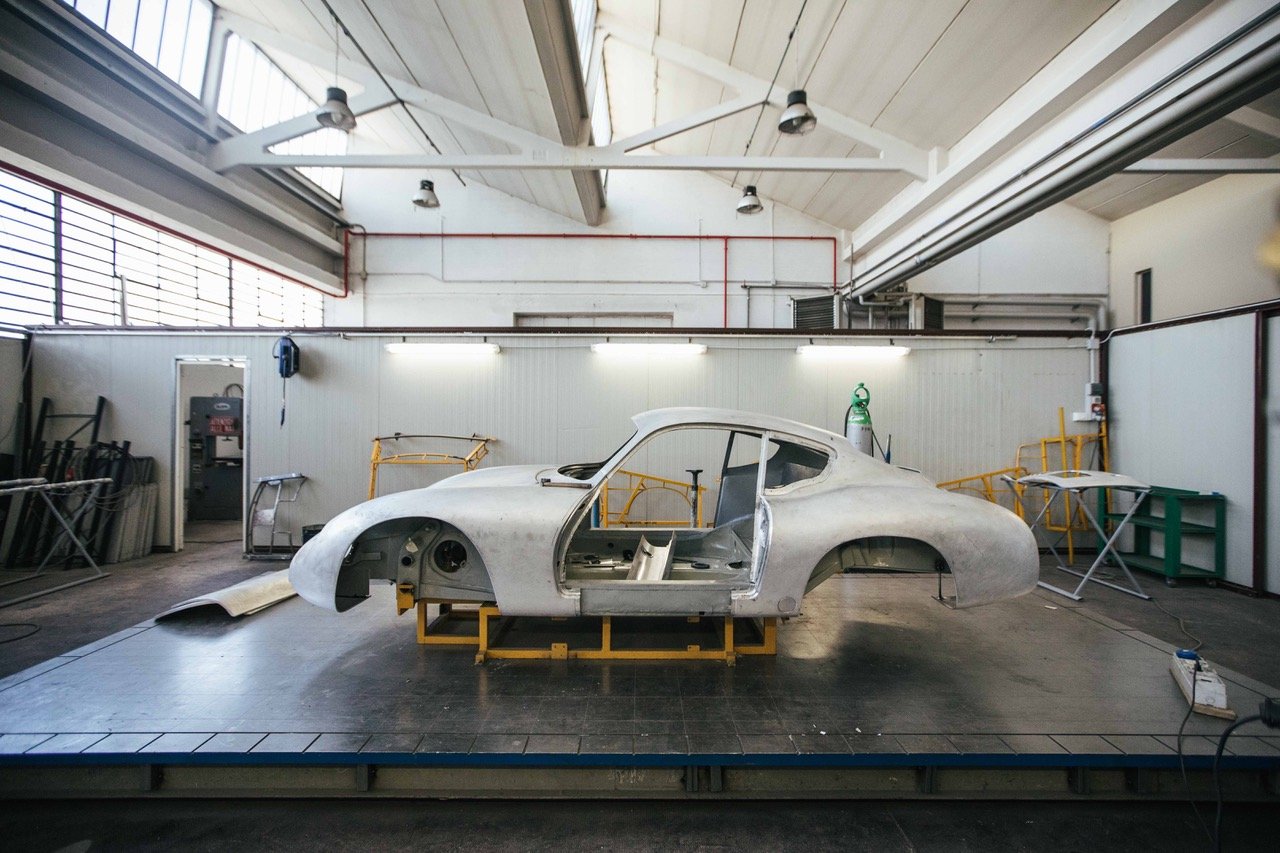The iPhone Changed Our World. It’s Also Making Us Forget What’s Real and What Isn’t
In 2007 when Apple first introduced the iPhone, few could have imagined the transformative effect this device would have on our society. Sixteen years later its success is undeniable, but have the things it enabled blurred the lines between what’s real and what isn’t?
Before writing this article, I watched Steve Jobs' introduction of the first iPhone. It was a masterful presentation, one of his best. Jobs opens by saying "Every once in a while, a revolutionary product comes along that changes everything." Decades later, it's safe to say he was right.
But even then, there was a palpable sense that what Apple had introduced would be a big deal. It's important to note that at the time, in 2006, the iPod alone represented 40% of Apple's revenue; naturally, the company was concerned about what would threaten it. And by the early 2000s, it had become clear that mobile phones, with increasing storage and computing abilities, would soon be able to offer built-in music players that would heavily reduce the appeal of a $499 iPod.
The iPhone, in many ways, was born out of a need to pre-empt the iPod's eventual obsolescence. Existing "smartphones" of the time were clunky and underpowered, but collectively they had many of the core functionalities that the iPhone would soon adopt. Email, texting, internet, calendars, and music, the iPhone was not the first to bring any of these to the market.
The iPhone's true innovation was how it delivered these functionalities. In 2006, phones were a jumbled mess of plastic keyboards and tiny, underpowered screens; manufacturers were trying to cram desktop UIs into a mobile hardware-software mashup that just didn't work. The iPhone was different- it leveraged a technology called multi-touch that allowed for unprecedented flexibility. Though initially intended for the iPad, this technology was so compelling that Apple paused development to use multi-touch for a phone instead. A risky choice that could've doomed the project but one that gave the iPhone its identity.
Multi-touch freed the iPhone from the shackles of a hardware keyboard, overnight giving the device 50% more screen real-estate that Apple could use for whatever they wanted.
The App Store
It may surprise some to learn that the first iPhone did not ship with any form of App Store. It wasn't until the iPhone 3G in 2008 that Apple finally allowed third-party developers to run apps natively on the device. The Store launched with just 500 apps and a charming commercial with the tagline "There's an App for that."
Looking back at it now, the ad seems almost innocent in its attitude toward what the iPhone would eventually amount to as a software platform. These days there are literal millions of apps on the iPhone, but back in 2007, the iPhone was, first and foremost, a tool. Multi-touch was merely a vehicle to make familiar features easier, more powerful, and, crucially, more intuitive.
With the App Store and the advent of 3G, the iPhone suddenly became much more than a phone. The apps that ran on it took the magical new u.x. interface that was multi-touch and ran with it. By Christmas of 2008, one developer had made a million dollars, and by the end of 2009 over 100,000 apps had made their way to the iPhone.
And as the iPhone's computing, photography and cellular capabilities advanced so did the apps that ran on it.
Digital vs. Physical
Apps quickly became an easy way to replace physical activities with virtual replacements. The appeal is understandable; most apps on your phone make once time-consuming activities instantaneous and infinitely convenient. Some of this is good. Banking apps, email, health tracking, calendars, weather, etc… all are examples of technology making our lives better by reducing wasted time. These apps don't so much replace physical interactions but rather empower us with new tools that would otherwise be non-existent.
The problem comes when apps begin replacing once physical experiences with virtual substitutes that may be more convenient but are not necessarily better. This may seem obvious in a post-Covid world, but just as an ad once said, "There's an app for that," there truly is. But instead, now, it's no longer parking and food tracking but dating, socializing, and work.
This creates a paradigm in which companies have convinced us that instead of going out and interacting with people, "There's an app for that!" But these things, they're not quite full-fat. Virtual social lives, virtual dating, virtual work, this is not how humans interact. Humans do not socialize through even the best fiber-optic lines - it’s not real, there's no energy.
Still, some say the virtual world is better, more convenient. But having lived the virtual world over, and over, and over again. With all due respect, Are .. You .. Kidding .. Me?!
You ever wonder why people still get together? I often wonder why in this age of Instagram, people are still willing to go through the pain of making plans, keeping arrangements, and physically seeing each other? We have this incredible technology; why don't we all just stick to our devices; it's so much easier because it isn't real! That's why.
At the end of the day, you cannot, will not replace real tangible things with digital substitutes. It's not natural; it's not human.
Productivity, efficiency, convenience, these are not words that stir the human spirit. I hope we snap out of this cycle soon because I don't know about you, but I'm not ready to live in a virtual reality.
Continue Reading








